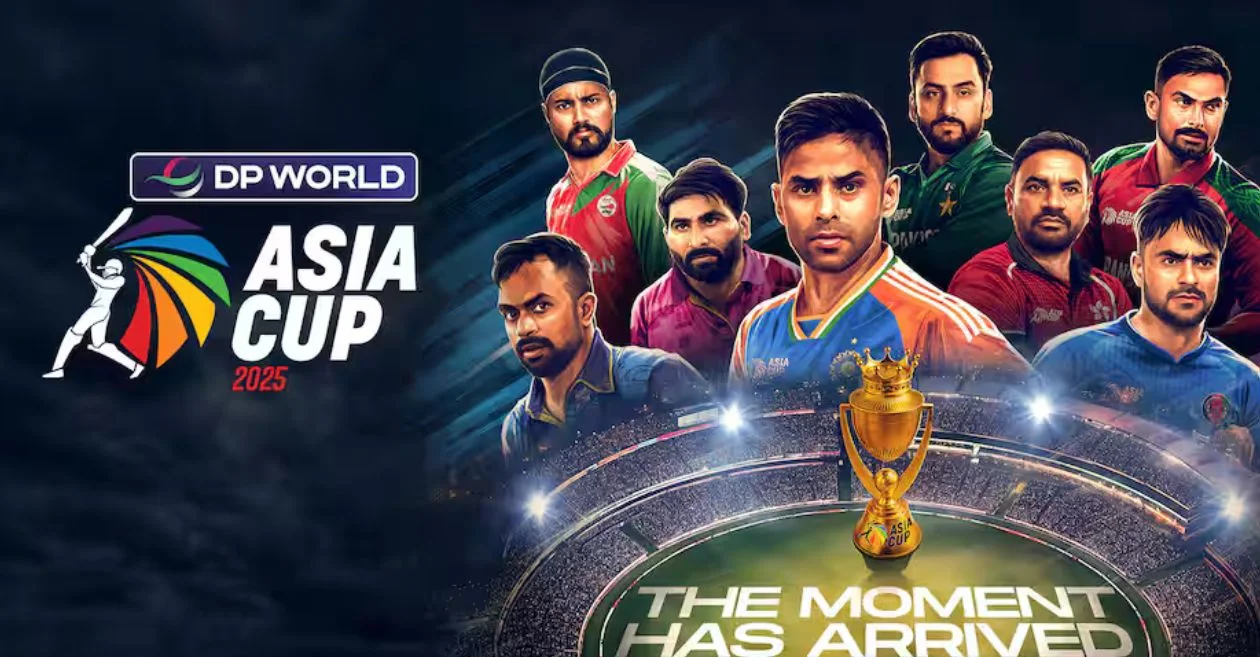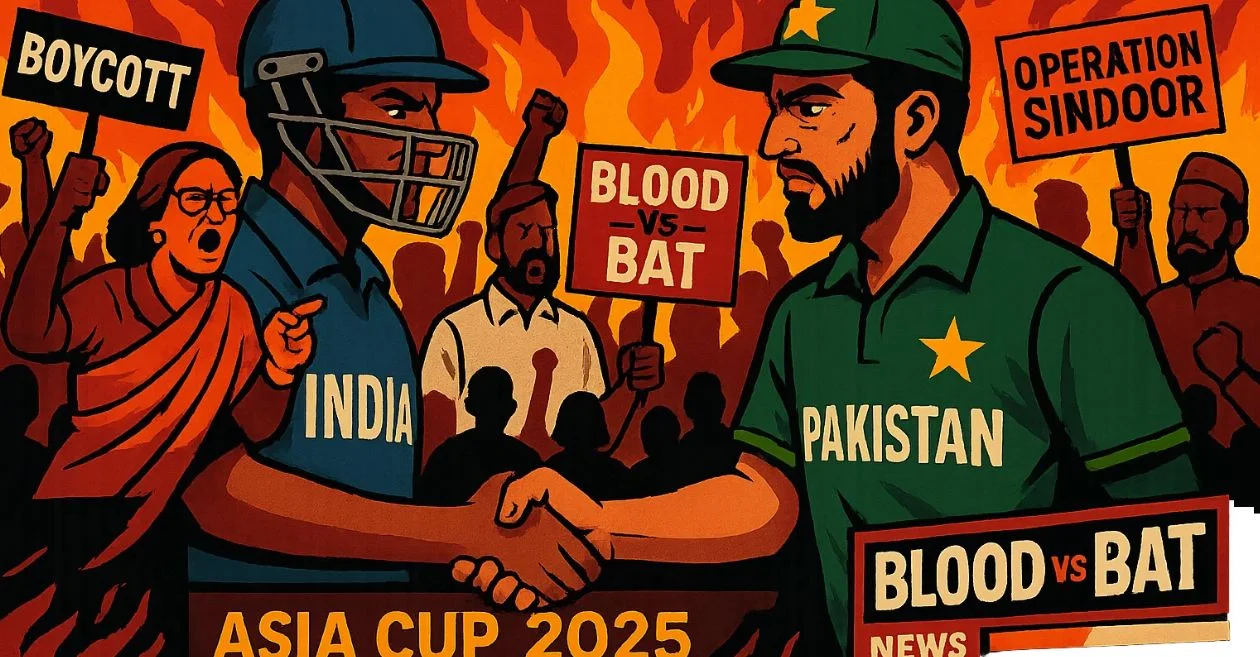The Asia Cup 2025 isn’t just a cricket tournament anymore; it’s a travelling circus with bats, balls and political undertones thrown in for good measure. This year, Asia Cup lands in the United Arab Emirates in September, when stepping outside is hotter than batting against Mitchell Starc with no helmet. The Asian Cricket Council (ACC), masters of timing, have decided this is the perfect appetizer before the 2026 T20 World Cup in India and Sri Lanka. India are the ‘official hosts’ (translation: paperwork), but UAE is the venue (translation: reality).
The stakes? Monumental. The hype? Nuclear. The storylines? Netflix docuseries waiting to happen. With eight teams, five big boys and three feisty Associates, clashing across 19 days, this is less ‘Asia Cup’ and more ‘Asia’s Got Talent’ with cricket bats. Who wins? Who flops? Who surprises? One thing is certain: between the heat, the slow pitches, and India–Pakistan, there will be chaos, comedy and cricketing carnage.
Table of Contents
India: Suryakumar Yadav's circus comes to town
India arrive at the Asia Cup like the headline act of a global music festival – but this time, the legends are gone. Rohit Sharma and Virat Kohli, the heavy-metal duo who carried Indian cricket for over a decade, are retired from the T20 stage. Their absence creates both a void and an opportunity. Enter Suryakumar Yadav, cricket’s Mr. 360, now wearing the captain’s armband and leading a unit filled with rising stars auditioning for 2026 World Cup stardom.
Shubman Gill, vice-captain, represents the future: calm, stylish, dependable, and hungry to step out from Virat’s shadow. Gautam Gambhir, as coach, brings intensity and authority, giving this youthful squad a no-nonsense edge. India’s strength remains their batting depth, but questions linger over their adaptability on slow UAE surfaces. Can SKY’s outrageous range survive on dusty, spin-friendly tracks? Or will his magic shrink from 360° to 180°?
Statistically, India are Asia Cup royalty, with 8 trophies, making them the schoolyard bully who always walks away with the medals. But the pressure here isn’t just about adding another Asia Cup title, it’s about proving the post-Kohli, post-Rohit era can deliver under fire. If India dominate, the narrative will be seamless transition. If they stumble, the knives will be out, hashtags will trend, and think pieces on ‘identity crisis’ will flood cricket portals. Either way, drama is guaranteed.
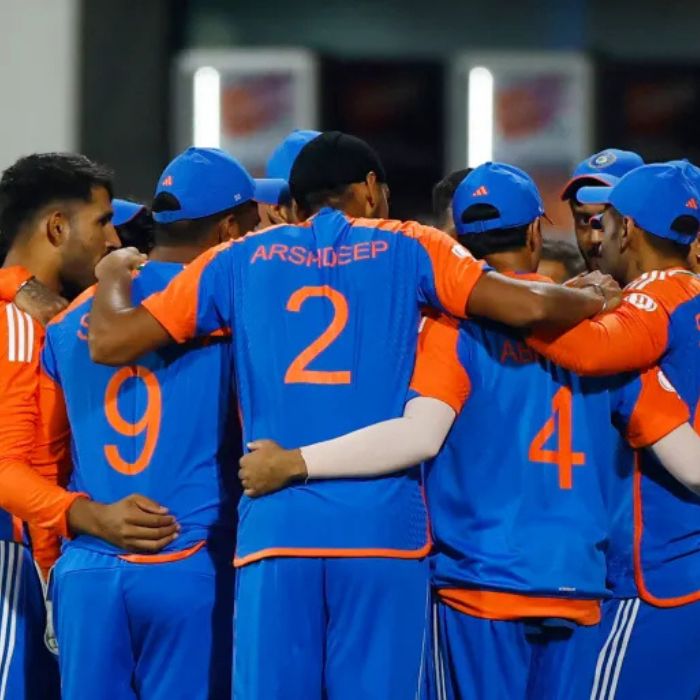
Pakistan: Green shirts, New kids, Old expectations
Pakistan are cricket’s most unpredictable soap opera, sometimes a blockbuster thriller, sometimes a comedy of errors. This time, the spotlight falls on Salman Ali Agha, suddenly handed the captaincy in the absence of Babar Azam and Mohammad Rizwan. He inherits not just the armband, but the weight of expectations from a nation that demands miracles. Pakistan’s record in UAE is formidable: 20 wins in their last 26 T20Is here. Dubai and Sharjah are practically second homes, minus the chai stalls and street cricket.
New coach Mike Hesson, famous for his analytical spreadsheets, aims to bring calm to chaos. But Pakistan’s unpredictability can’t be spreadsheeted. They are the ultimate ‘box of chocolates’ – one day unleashing Shoaib Akhtar-style pace fury, the next collapsing like a deck of cards.
This Asia Cup edition’s squad is full of fresh faces, untested against the fire of India–Pakistan rivalry and the tactical spin traps of Afghanistan. For them, the Asia Cup isn’t just about survival – it’s about proving they belong in the big league. The UAE heat will test stamina, the pressure will test nerves, and history will test their resolve.
And yet, Pakistan always deliver storylines. They could lose to Oman in shocking fashion and still come back to stun India three days later. They are chaos merchants, heartbreak dealers and drama kings rolled into one. The question isn’t what Pakistan will do – it’s whether you’re ready for the ride.
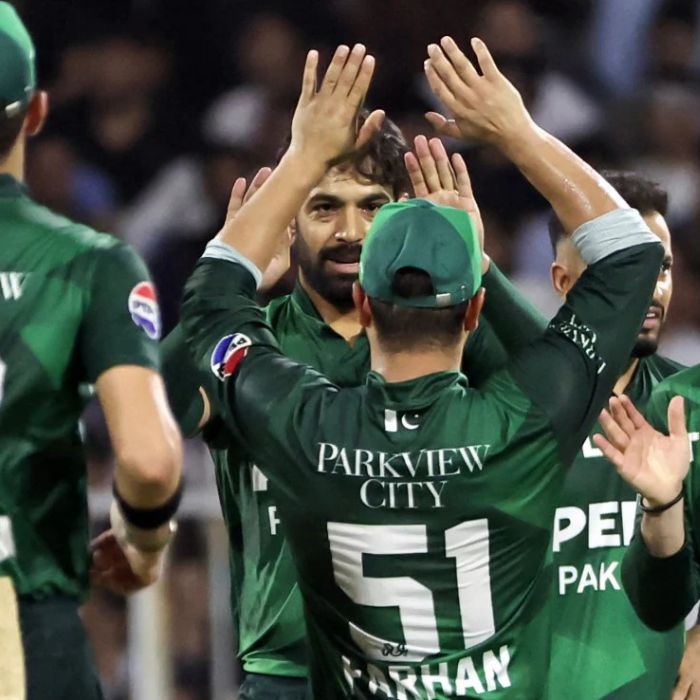
Afghanistan: Rashid Khan's spinners and the desert kings
Afghanistan no longer fit the ‘plucky underdog’ tag. They are genuine Asia Cup contenders, armed with bowlers who terrorize even the best batting units. Rashid Khan leads a spin army featuring Mujeeb Ur Rahman and Mohammad Nabi, while Naveen-ul-Haq adds fast-bowling bite. Together, they’re like cricket’s Avengers – assembling in the very desert they call home. For Afghanistan, the UAE isn’t neutral; it’s practically a fortress.
Their rise has been meteoric. Semi-finalists in the 2024 T20 World Cup, they’ve earned respect worldwide. But cricket’s harsh truth is that respect alone doesn’t pay the silverware bills. To become champions, they need consistent batting – and that remains their Achilles’ heel. Rahmanullah Gurbaz plays the Superman role, blasting attacks apart, but too often he stands alone. Others in the lineup resemble extras in a movie where the hero has to save the day every single time.
Still, Afghanistan carry an aura in these conditions. Their spinners can choke India’s flamboyance, frustrate Pakistan’s unpredictability, and dismantle Bangladesh’s batting in the Asia Cup. Confidence is high, belief runs deep, and this squad knows that the desert heat works in their favor. Expect them to play fearless cricket, expect them to upset giants, and don’t be shocked if they march all the way to the final.

Sri Lanka: From Lions to Kittens or back again?
Sri Lanka remain the Asia Cup’s mystery package. Defending champions from 2022, they oscillate between brilliance and embarrassment with breathtaking speed. One day they’re roaring lions who shock world champions, the next they’re timid kittens bowled out for 77 by Zimbabwe. This inconsistency is both their weakness and their secret weapon, because opponents never know which Sri Lanka will show up.
Charith Asalanka now wears the captain’s mantle, replacing Dasun Shanaka. His leadership style is calmer but will be tested against high-pressure scenarios. Their bowling attack remains potent: Maheesh Theekshana’s mystery spin and Matheesha Pathirana’s slingy yorkers are tailor-made for UAE surfaces. That’s their backbone.
The batting, however, is fragile. Pathum Nissanka is their mainstay, but the lineup beyond him looks like a rotating audition for the role of ‘reliable finisher.’ Too often, collapses undo the good work of their bowlers. And yet, history warns against writing them off. With six Asia Cup titles, Sri Lanka thrive as underdogs and often spoil the parties of bigger names. They are the wild card everyone underestimates, until suddenly it’s too late.
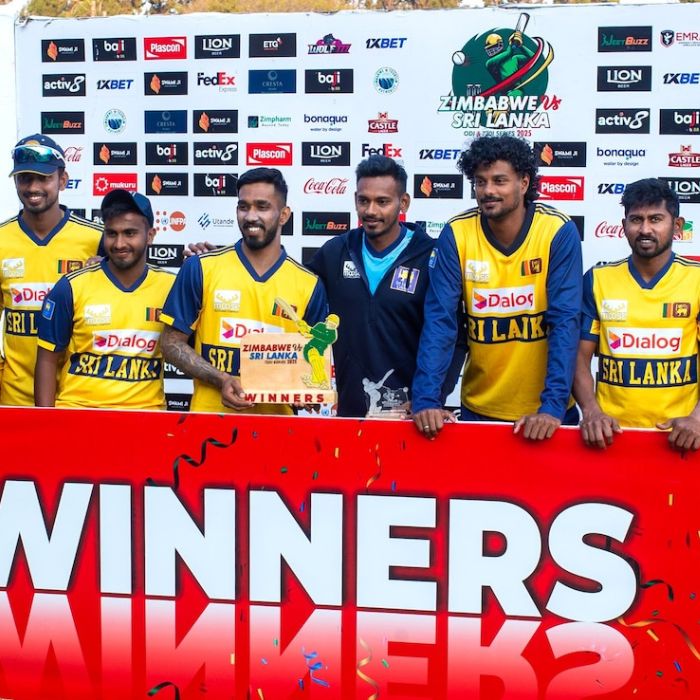
Bangladesh: Life after Shakib and friends
Bangladesh arrive in reboot mode, like a franchise film with a brand-new cast but the same emotional baggage. The golden generation, Shakib Al Hasan, Tamim Iqbal, Mushfiqur Rahim, is gone. Litton Das now captains a younger, more aggressive side built for power-hitting and fearlessness. It screams ‘new era,’ but with Bangladesh, eras often start with more drama than success.
Quazi Nurul Hasan’s comeback adds a subplot, while Mustafizur Rahman’s fading magic raises concerns. The Fizz is no longer the unplayable 2015 sensation, and the bowling relies on newcomers to step up.
Bangladesh’s Asia Cup history is one of heartbreak: three finals, three defeats, always so close, never champions. This squad has the chance to break that curse. But will they? UAE’s conditions demand patience and adaptability, qualities Bangladesh sometimes lack. Their batting collapses are legendary, often arriving like clockwork.
Still, their fans believe, and belief is a dangerous fuel. On their day, they can topple giants. On another, they can implode spectacularly. Either way, the Tigers, in Asia Cup, will roar, scratch and leave drama behind.

Oman: From office jobs to Asia's big stage
Oman are living proof that cricket is more than a sport; it’s a dream factory. A team where many players once balanced jobs with cricket commitments now step into the Asia Cup spotlight. Their captain, Jatinder Singh, symbolizes the story, an opener of Indian origin leading a squad that still pinches itself at the thought of facing India and Pakistan in Dubai.
Qualification was no fluke. Oman battled through the 2024 ACC Premier Cup, finishing as runners-up, and earned their seat at Asia’s biggest table. Their cricket is fearless, aggressive, sometimes reckless, but always entertaining. Against giants, they could be cannon fodder. Against fellow associates like UAE or even a distracted Bangladesh, they could script upsets that make headlines.
For Oman, this Asia Cup is more than cricket. It’s a chance to inspire future generations back home, to show that with grit and belief, even office cricketers can challenge world-class professionals.
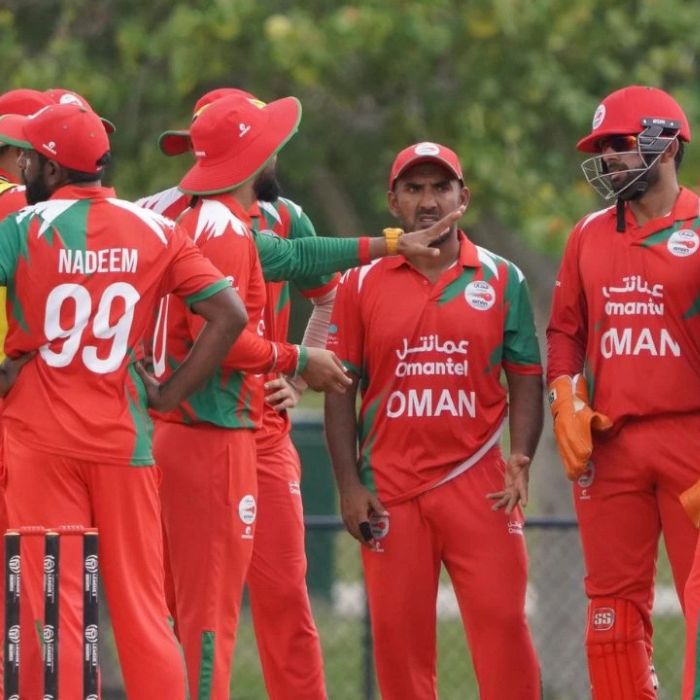
United Arab Emirates: Hosts with ILT20 swagger
The UAE want to shed the ‘minnows’ tag once and for all. They aren’t just filling up Asia Cup fixtures; they’re gunning for statement wins. Captain Muhammad Waseem is the big-hitting talisman, capable of tearing attacks apart, proof being his match-winning 82 off 42 against Bangladesh in May 2025. That victory wasn’t just historic, it was symbolic: the UAE can beat full-member nations.
ILT20 exposure has toughened their players, who now share dressing rooms with global stars. Andre Russell mentoring Alishan Sharafu is just one example of how their confidence is growing. Playing at home, in familiar heat and on familiar pitches, gives them another edge.
Historically, UAE often fight bravely but fall just short. This time, they want more. Their realistic first target? Beating debutants Oman. Their dream? Toppling a distracted giant like Pakistan or Sri Lanka. And if that happens, Sheikh Zayed Stadium won’t just host cricket, it will host the loudest afterparty Asia has ever seen.
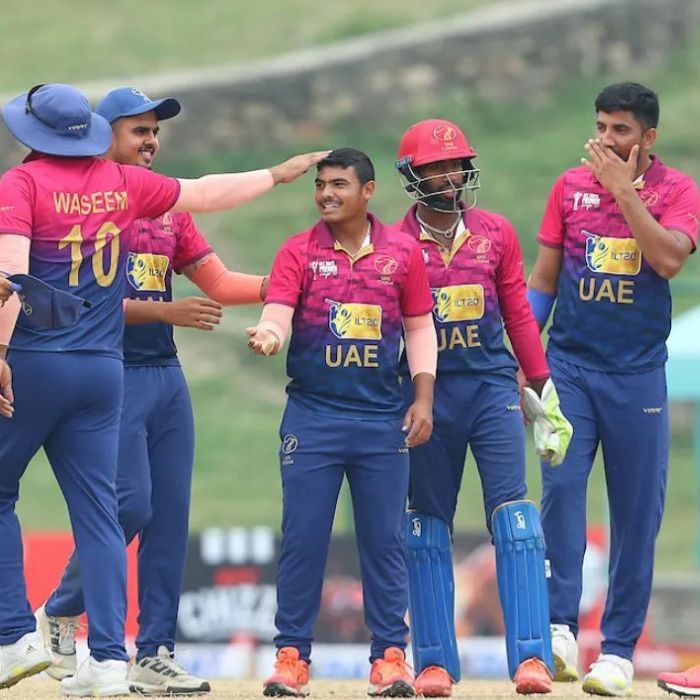
Hong Kong: Murtaza's men and the eternal dark horses
Hong Kong return for their fifth Asia Cup, carrying the eternal underdog spirit. For them, qualification itself is a victory. Captain Yasim Murtaza leads from the front, with Babar Hayat, the power-hitter who refuses to fade away, as his deputy. Their journey wasn’t easy. They had to fight through the 2024 Premier Cup, snatching their ticket by beating Nepal in the playoff.
Preparation, though, has been limited. Forced indoors for months, they had just two weeks of outdoor training before flying to the UAE. Against stronger opponents, that lack of preparation may show. But Hong Kong’s strength has always been their unpredictability. They swing for the fences, take outrageous risks, and play with the kind of freedom only underdogs possess.
Realistically, upsetting Bangladesh or Sri Lanka would be monumental. But even if they don’t win, they’ll entertain, fight, and leave the field with heads held high. They are cricket’s indie band, never topping the charts, but always leaving a mark.
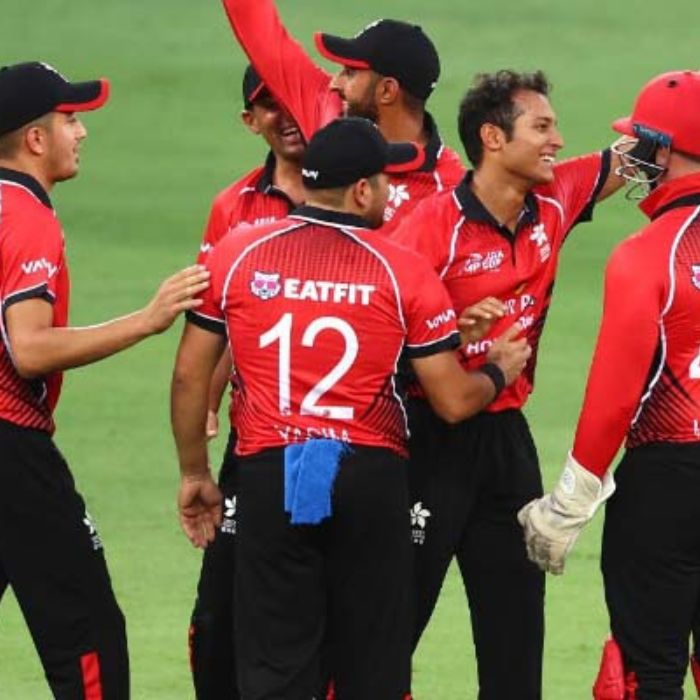
FREQUENTLY ASKED QUESTIONS
The Asia Cup 2025 will be played in the United Arab Emirates, across iconic venues in Dubai, Sharjah, and Abu Dhabi. While India are the official hosts, the UAE’s desert conditions and packed stadiums will provide the real stage for this high-voltage tournament.
A total of eight teams will feature: India, Pakistan, Sri Lanka, Bangladesh, Afghanistan, Oman, United Arab Emirates, and Hong Kong. This mix of cricketing giants and rising associates makes the 2025 edition one of the most unpredictable in tournament history.
The tournament is more than just a continental clash, it is a crucial preparation ground for the 2026 T20 World Cup in India and Sri Lanka. Teams will experiment with new captains, strategies, and squads while competing under intense pressure and UAE’s spin-friendly conditions.
India remain the undisputed kings of the Asia Cup with 8 titles, followed by Sri Lanka with 6 trophies. Pakistan trail with 2, while Bangladesh are still chasing their first win after three heartbreaking final losses.
This edition stands out for its blend of tradition and new narratives: India entering a post-Rohit and Kohli era, Pakistan with a fresh captain, Afghanistan rising as genuine contenders, and debutant Oman looking to shock the giants. It’s not just cricket, it’s a stage for drama, pride, and regional supremacy.
